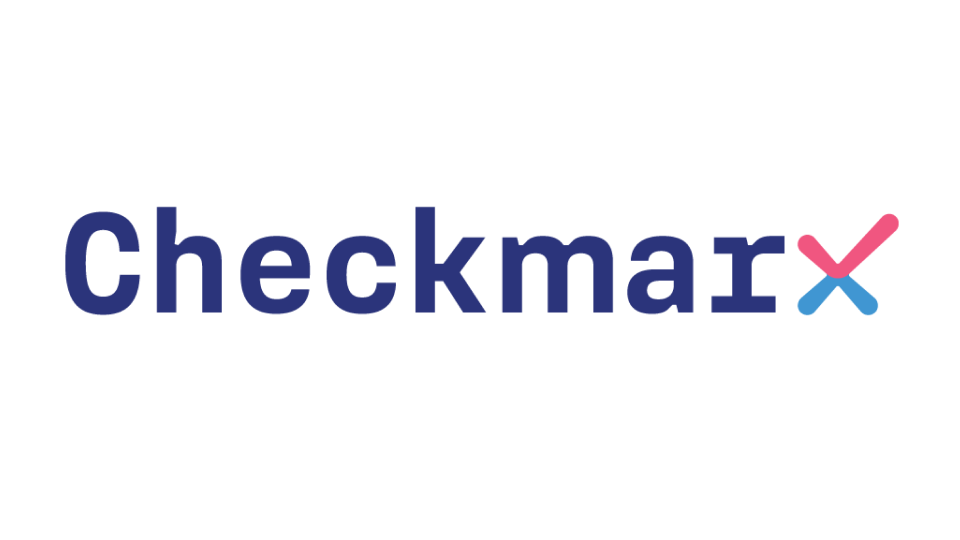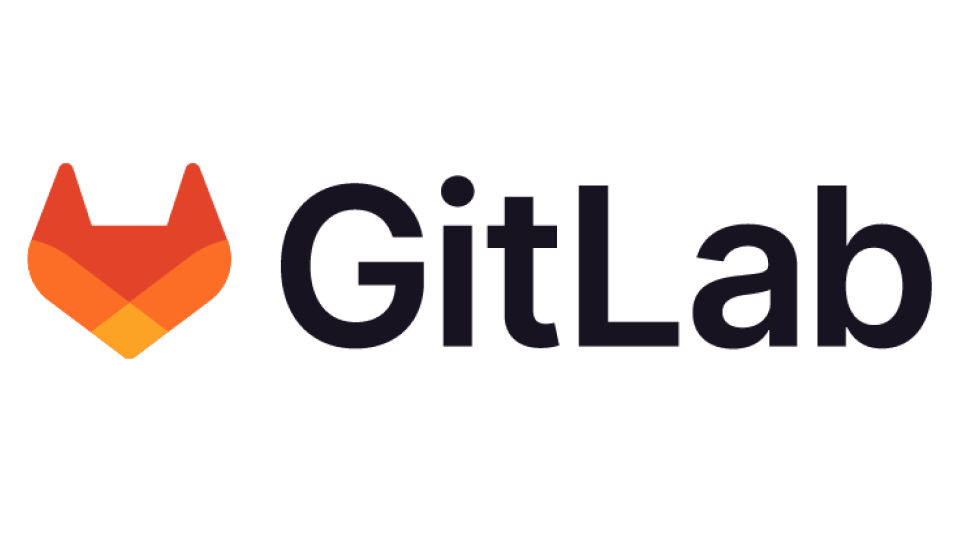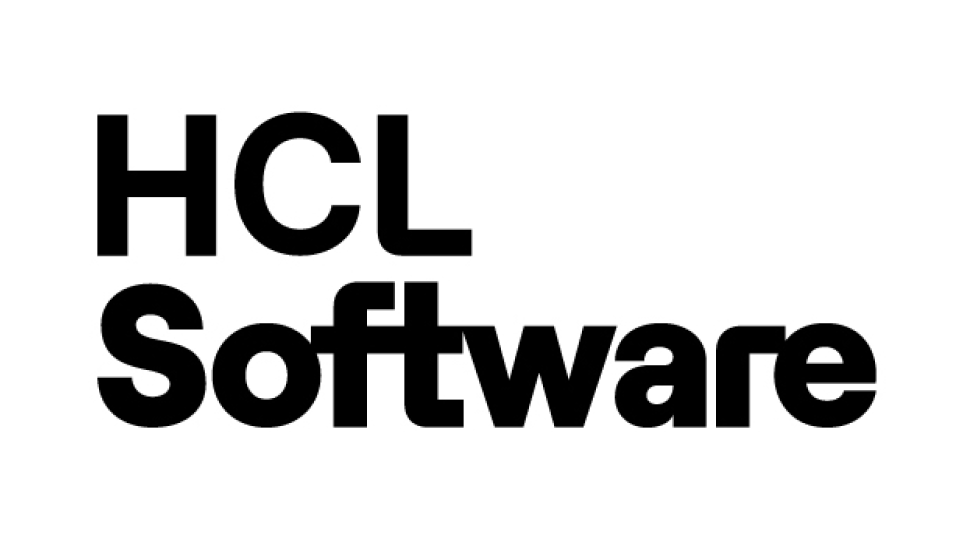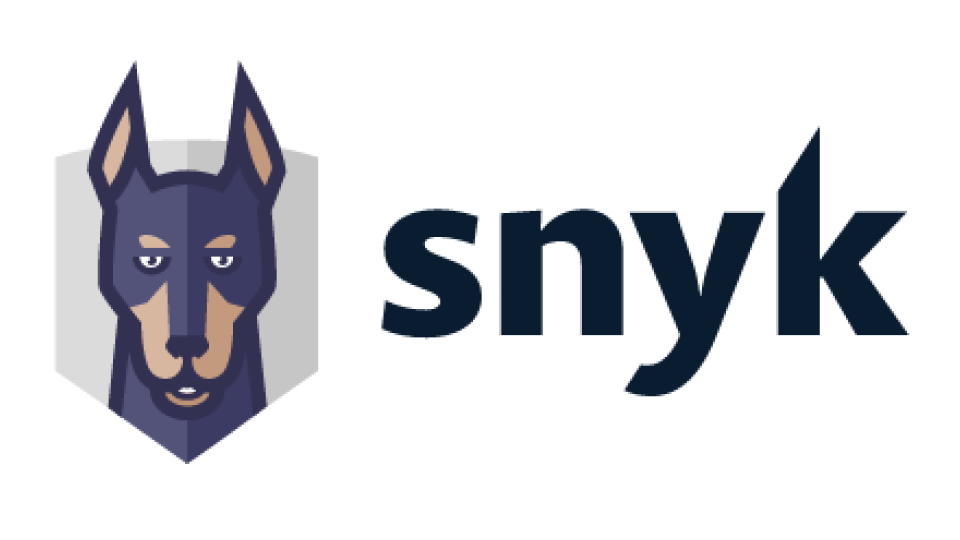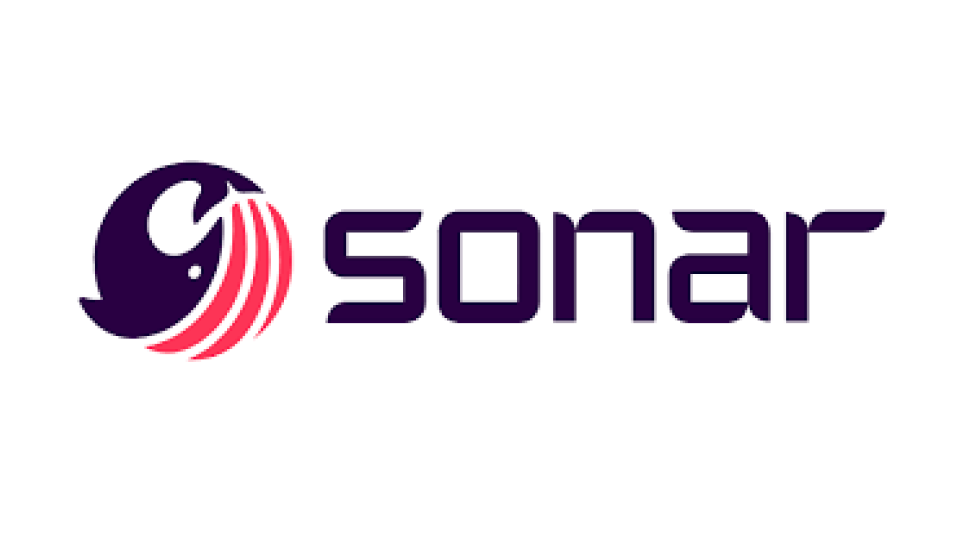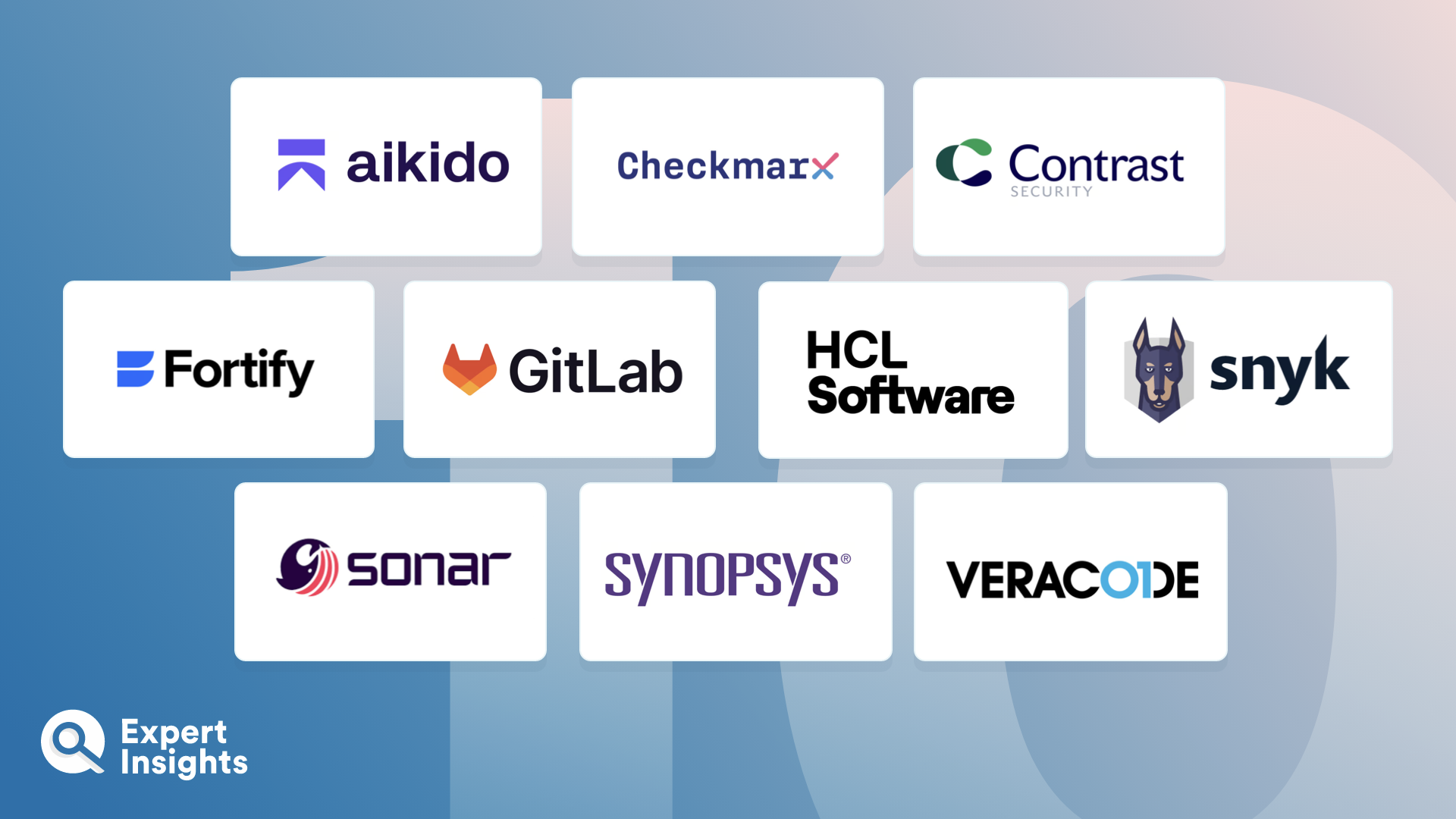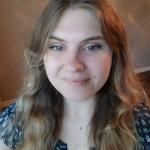In complex application development environments, Static Application Security Testing (SAST) tools emerge as indispensable platforms to help safeguarding applications from potential security vulnerabilities from the development phase. By scrutinizing the application’s source code, byte code, and binaries, SAST tools can identify security weaknesses before they are exploited in the real world. This fosters a proactive security posture, ensuring your applications have security at their core.
SAST tools work by analyzing an application from its foundations, scrutinizing its codebase without the need to execute the application. In doing so, SAST tools can identify vulnerabilities that may be hard to spot without closely scrutinizing the system. Identifying errors and vulnerabilities on this level also makes the resolution process more efficient; developers know exactly where the issue is and the problems that they need to fix. This results in secure and resilient application structures, saving time and resources that, in the long run, might otherwise be spent in addressing security incidents.
In this guide, we list the top 10 SAST tools that can help secure your applications from the most fundamental level. For each solution, we’ll explain the products key features, as well as suggesting its ideal use case. Our analysis revolves around key aspects such as the range of vulnerabilities they can detect, ease of integration into existing development environments, support for various programming languages, and user feedback.





